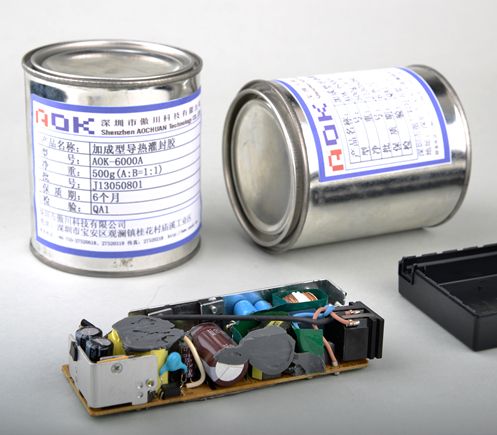Thermal Conductive Sealant For Thermal Management
- Posted on:2016-12-03 19:10:00
- Source:AOK Thermal Pad Manufacturer FAQs
With the rapid development in the mobile electronic devices, the demand has increased as well. With new design challenges, the greater emphasis is pointed on the mechanical strength and thermal management capability. Since conductive adhesives are a proven yet underutilized bonding solution in electronics engineering, thus, using the thermal conductive sealant seems ideal to the situation.
Operating environments become more rugged as the integrated product design must overcome the challenge of dissipating heat while maintaining shock resistance. Thermally conductive sealant joins two components to transfer heat from the hotter surface to the colder one. These adhesives have the capability to cover large surface areas, thereby providing the necessary heat transfer and forming a durable structural joint.

Since, there is a growing demand in non-traditional applications such as power electronics, electrical and power engineering, LED lamps, solar energy devices, heat exchangers, and automotive components, it is important to find adhesives which can solve all these issues. Thermal interface materials or TIM like thermal greases, phase-change materials or polymer pads require mechanical fastening. These materials offer mechanical stability but at higher processing temperatures than an adhesive solution.
Thermally conductive adhesives are composed using single or two component epoxies, alongside other systems like silicones. When these epoxies are filled with ceramic or metallic powders like alumina, boron nitride, aluminum or copper, heat transfer increases substantially. Usually thermally conductive adhesives include mounting of heat sinks in microelectronics, die bonding, encapsulation, and sensor potting.
The products represented by this wide range of applications have unique requirements and often challenging processing parameters, in addition to disparate mechanical properties. Here adhesives can bridge the thermal mismatch between distinct components. So, while considering future application requirements, thermally conductive adhesives are fairly flexible but new series of improved adhesives are doing even better. Thermal conductive sealant must be considered when developing new products.

